Technically, any product that comes from a tree is a fruit. Although, there are still some vegetables that you can find growing “on” trees. Since veggies are any part of a tree that doesn’t contain seeds, leaves, roots, and stems can all be vegetables.
More vegetables come from trees than you might realize.
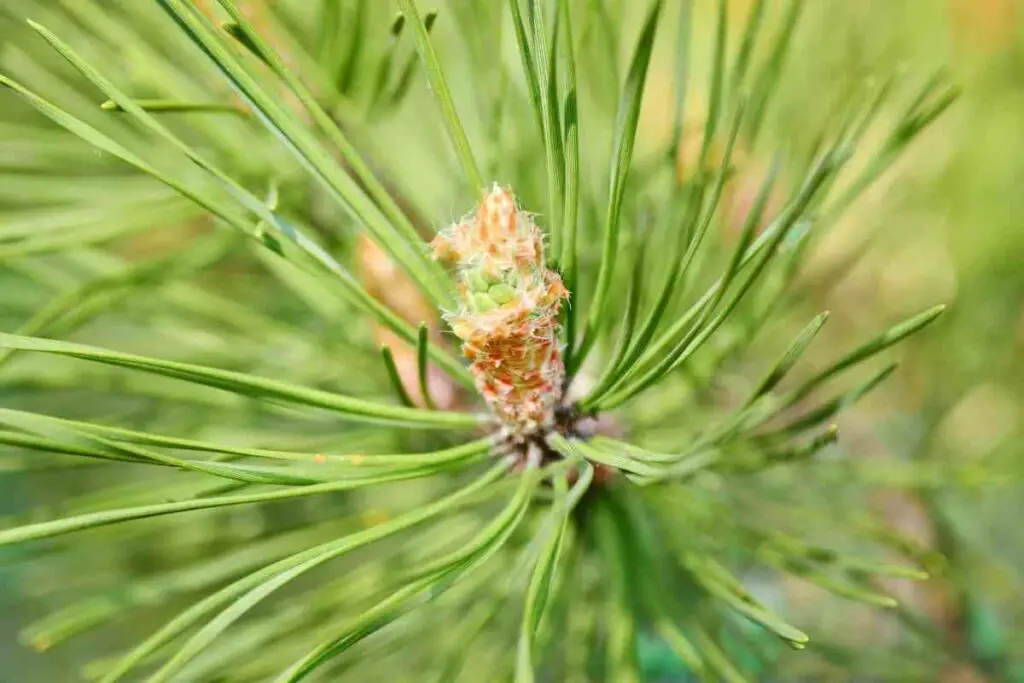
Understanding what vegetables are exactly will help give you a better idea.
It’s also important that we know where our food comes from, so make sure you keep reading to learn more.
Table of Contents
What Counts as a Vegetable?
We often confuse vegetables with fruits.
Vegetables are the edible parts of any plant that aren’t fruit- meaning they consist of all the parts that don’t contain seeds.
For Example – Leaves, stems, flowers, bulbs, and roots can all count as vegetables.
Botanists say that there’s no such thing as a vegetable because it doesn’t fit into their terminology.
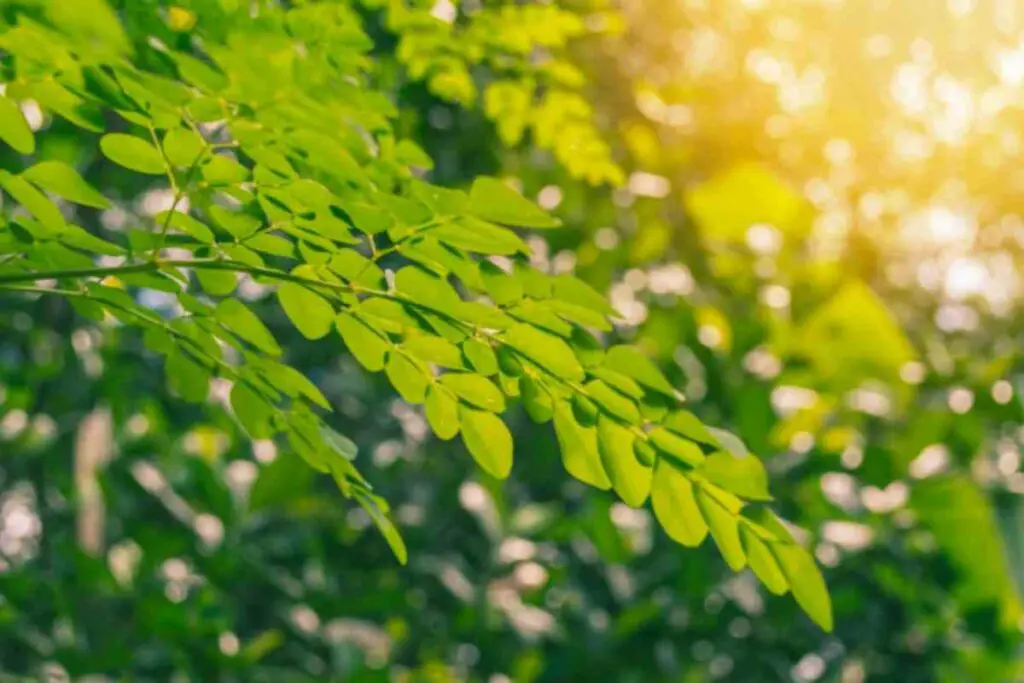
Chefs will also consider different edible plants to be vegetables, depending on how they prepare them during cooking.
Several trees have edible parts, which would technically be vegetables.
While we’re more familiar with broccoli, green beans, and carrots, there are many more vegetables that you can enjoy from trees.
You might even have some of them in your yard already.
What Vegetables Come From Trees?
Several different trees come with edible parts.
If you want to eat vegetables from a tree, make sure you know how to properly prepare the food. That way, you won’t make yourself sick.
Many trees produce toxic leaves or don’t taste good. You’ll want to make sure you don’t eat anything that you aren’t 100% sure is safe first.
Here are some vegetables that come from trees.
Pine Needles From Conifer Trees
Pine needles are a well-known food by many- all types of pine needles are safe to eat.
Different types of pine trees offer different flavors in their pine needles.
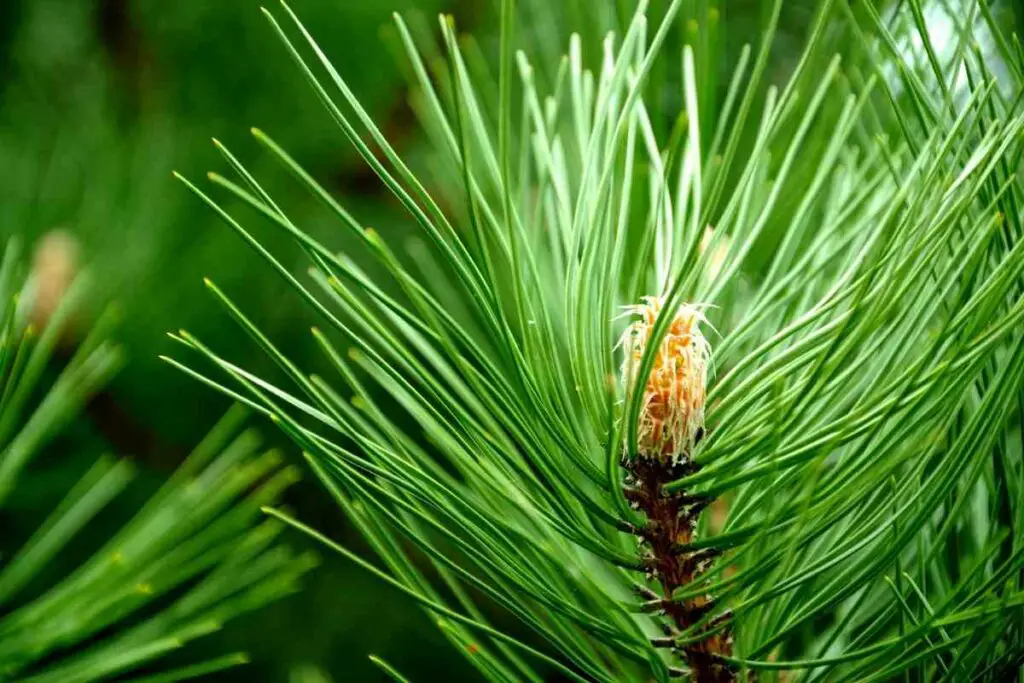
For example, spruces and firs have needles that have a citrusy flavor, while pine tree needles tend to taste like mint.
The most popular way to enjoy pine needles is to make them into tea. You can easily do this by steeping them in hot water.
The result is full of vitamins and tastes wonderful. You can also use pine needle tea in soups and sauces.
Pine needles are also great for garnishes or for creating marinades for meat.
Key Takeaway – These needles are very nutritious and have a pleasant taste. Since they come from pine trees and don’t contain fruit, the needles can technically be a vegetable.
Leaves From Moringa Trees
Next, you can enjoy the leaves from the Moringa tree.
Many people make them into salads or add them to other dishes. However, you can also enjoy this vegetable raw.
If you want to cook the greens, first add a small amount of water to a pan.

Melt butter or oil in the pan with garlic, then saute the leaves. They’ll wilt and have a delicious flavor. Plus, these leaves are very nutritious.
Moringa leaves contain 15 times more potassium than a banana and more vitamin C than an orange!
They even come with protein, fiber, iron, calcium, and amino acids. Suppose you’re looking for a healthy vegetable to grow at home.
In that case, this is a wonderful option for the vitamins and minerals that it contains.
Currently, many world health organizations plant moringa trees in underdeveloped areas. The trees help add missing nutrients to a person’s diet, making them essential in some places.
Overall – You can also enjoy the leaves from Moringa trees. These vegetables are much like lettuce, so you won’t have to reframe how you think about them before eating as much.
Leaves From Mulberry Trees
You can also eat leaves from Mulberry trees- but only if you cook them first!
These leaves are perfect for herbal teas and have plenty of healthy benefits. You can also eat the bark and the berries of a Mulberry tree.
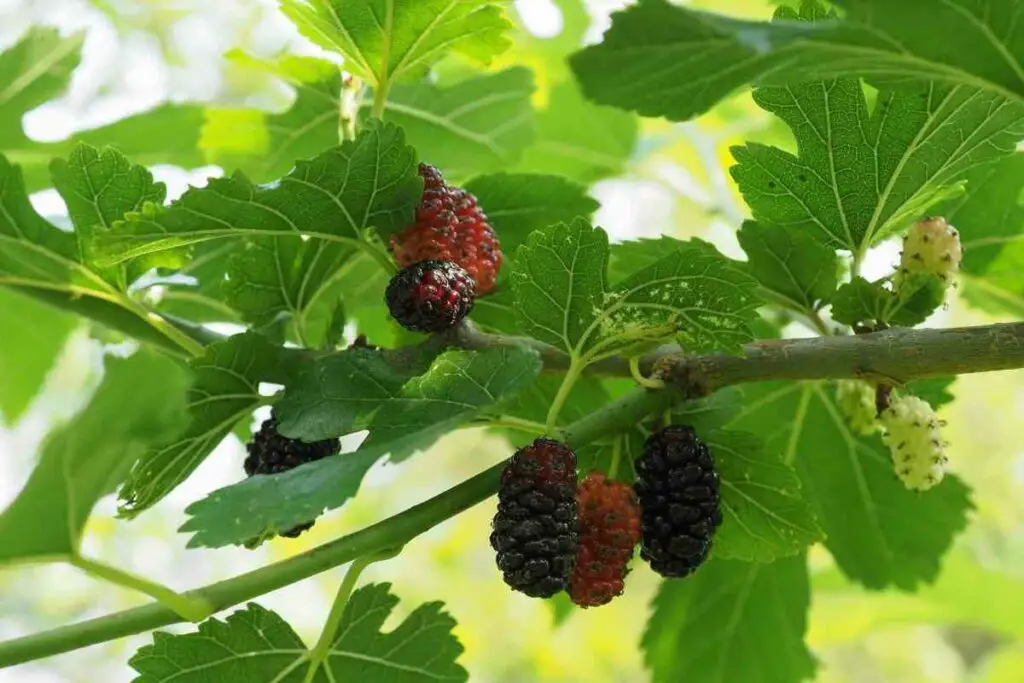
You can prepare the leaves for eating by boiling them or stir-frying them in a pan. Many people enjoy eating these leaves with rice.
Mulberry leaves have a smooth, fruity taste, much like green tea. You can also dry the leaves to prepare tea bags that last longer than the fresh leaves.
To Summarize – You can eat many different parts of the Mulberry tree. You will need to cook these vegetables first, but they come with a wonderful flavor that you’re sure to enjoy.
Leaves From Hibiscus Trees
Hibiscus tree leaves are also edible.
You can do a lot with them too! The flowers, leaves, and calyxes are safe to eat. The different parts of the tree work best in different dishes.
For example, the green leaves are great for tea. The calyxes are perfect in jam and sauce.
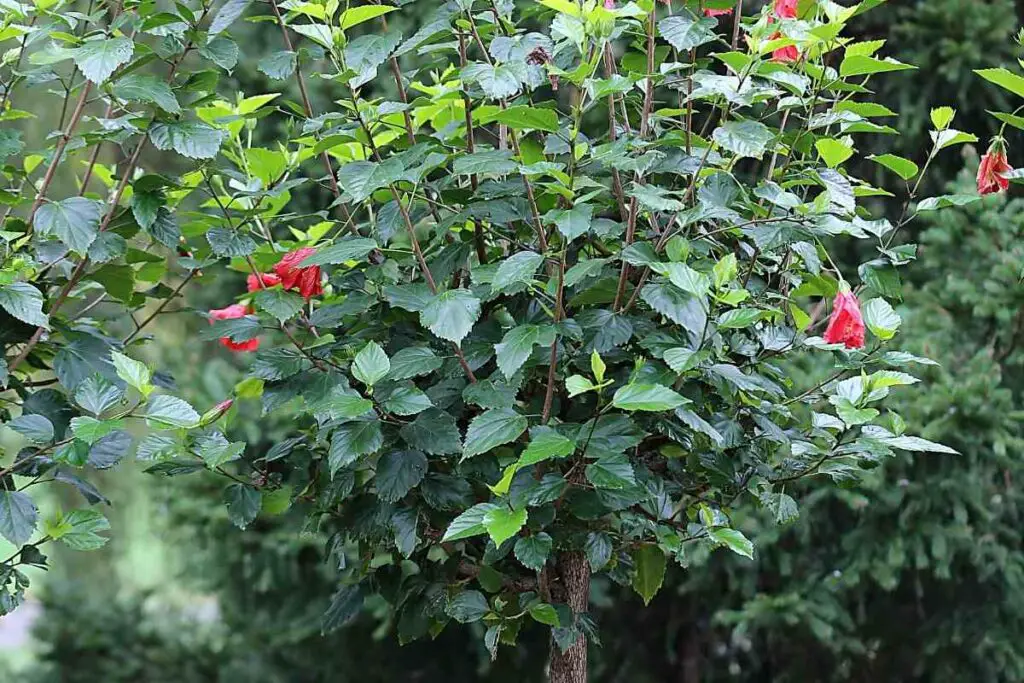
The flowers are also great for tea. You can boil the flowers in a large pot and add lemon zest or lemongrass for a richer flavor.
Hibiscus tends to have a tart flavor, like pomegranate or cranberry. The rich magenta shade adds pops of color to any dish. Plus, their tart taste works beautifully in any savory meal.
Overall, if you happen to have hibiscus trees in your area, you’ll want to try them! The tree produces several different vegetables that you can eat safely.
You’ll want to look up some recipes because of all the different edible parts that these trees offer.
Mushrooms From Logs or Stumps
You can also forage for mushrooms to add to your meals- although you need to be aware of the types of mushrooms you’re collecting.
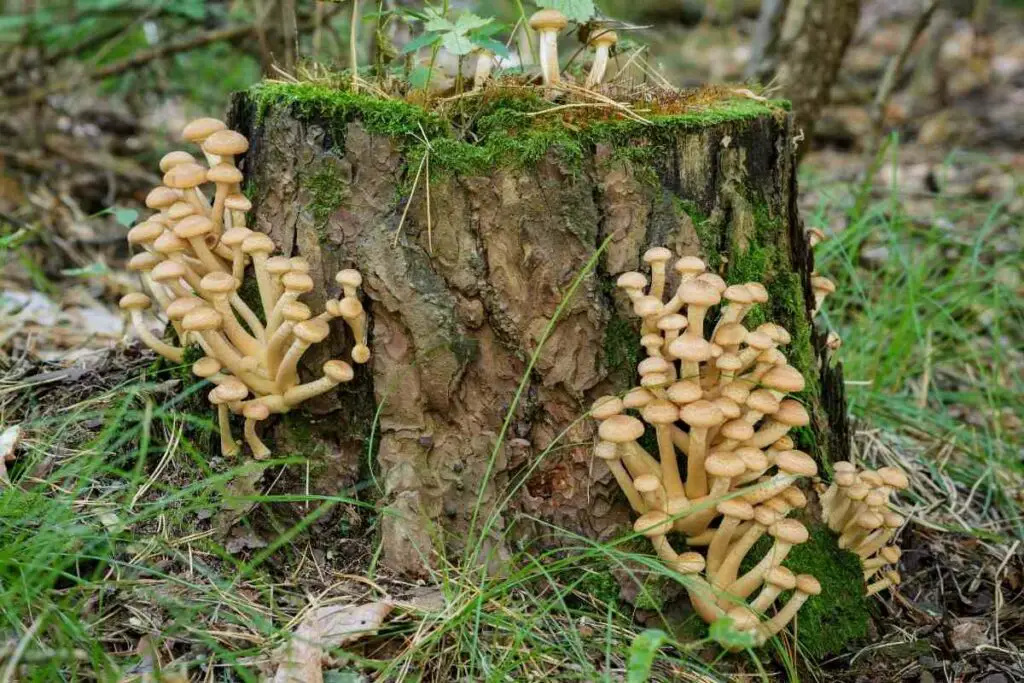
The U.S. Department of Agriculture considers mushrooms vegetables since they offer the same nutritional content, even though they fall into the fungi category.
You’ll find mushrooms around forests.
Usually, they’ll be around:
- aspen
- oak
- elm
- and ash trees
They grow on trees or around the base of a trunk.
Mushrooms taste amazing in salads, soups, and stir-fries.
Many people consider mushrooms a staple in their kitchens. If you can find them fresh, that’s best!
Final Thoughts
Any product that comes from a tree is a fruit. Although, there are still some vegetables that you can find growing “on” trees.
So, what vegetables come from trees?
- Pine Needles From Conifer Trees
- Leaves From Moringa Trees
- Leaves From Mulberry Trees
- Leaves From Hibiscus Trees
- Mushrooms From Logs or Stumps
Several different trees come with edible parts. If you want to eat vegetables from a tree, make sure you know how to properly prepare the food. That way, you won’t make yourself sick.
Also Read
- How to Dry Basil Leaves: A Professional Guide
- Is an Avocado a Fruit or Vegetable? Simple Answer and Explanation
- Does Pineapple Have Seeds? Exploring the Anatomy of Pineapples
- Blooming Through Winter: Can I Grow Vegetables Indoors in the Winter?
- What Can You Grow in a Greenhouse All Year Round: A Guide to Year-Round Greenhouse Gardening
- Are Blueberries Blue? Debunking the Myth of Their Color
















